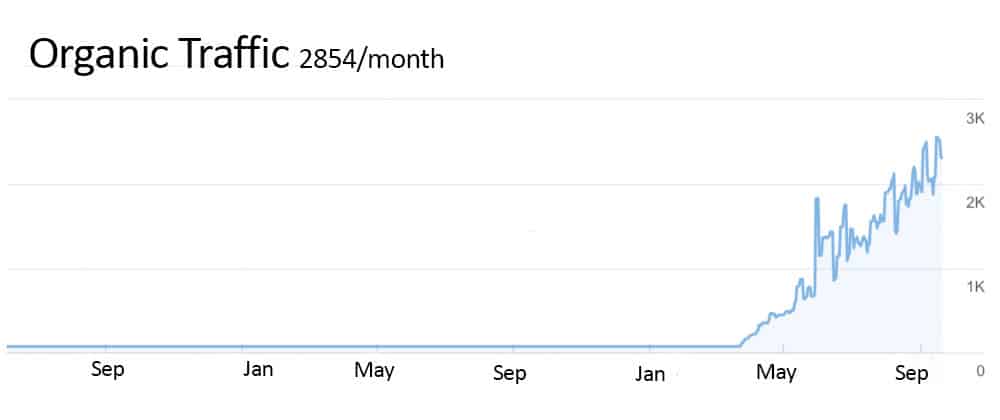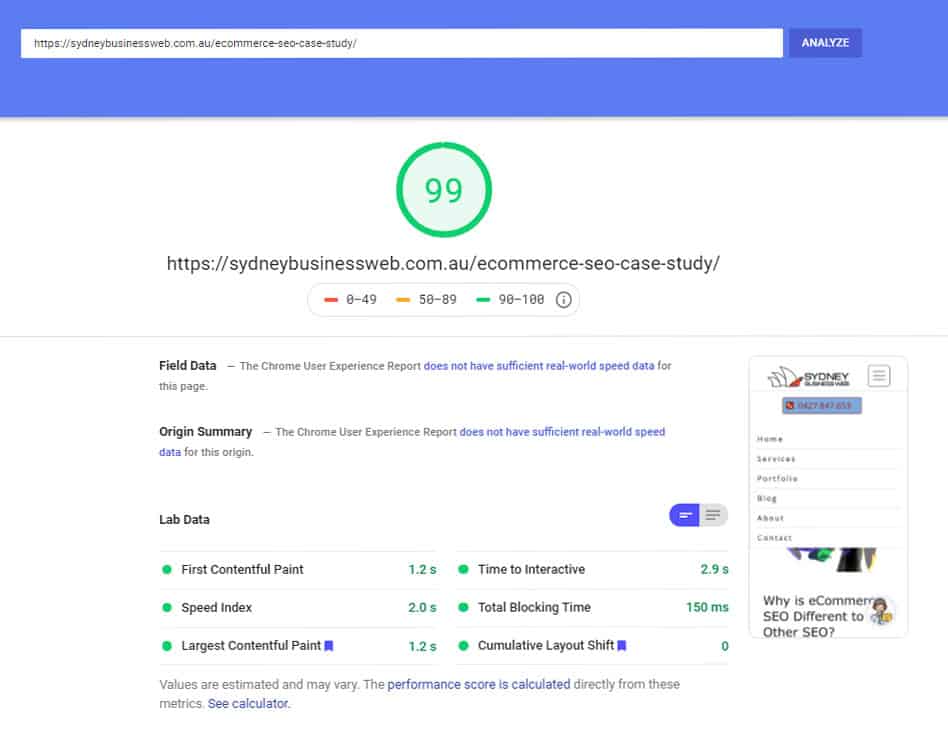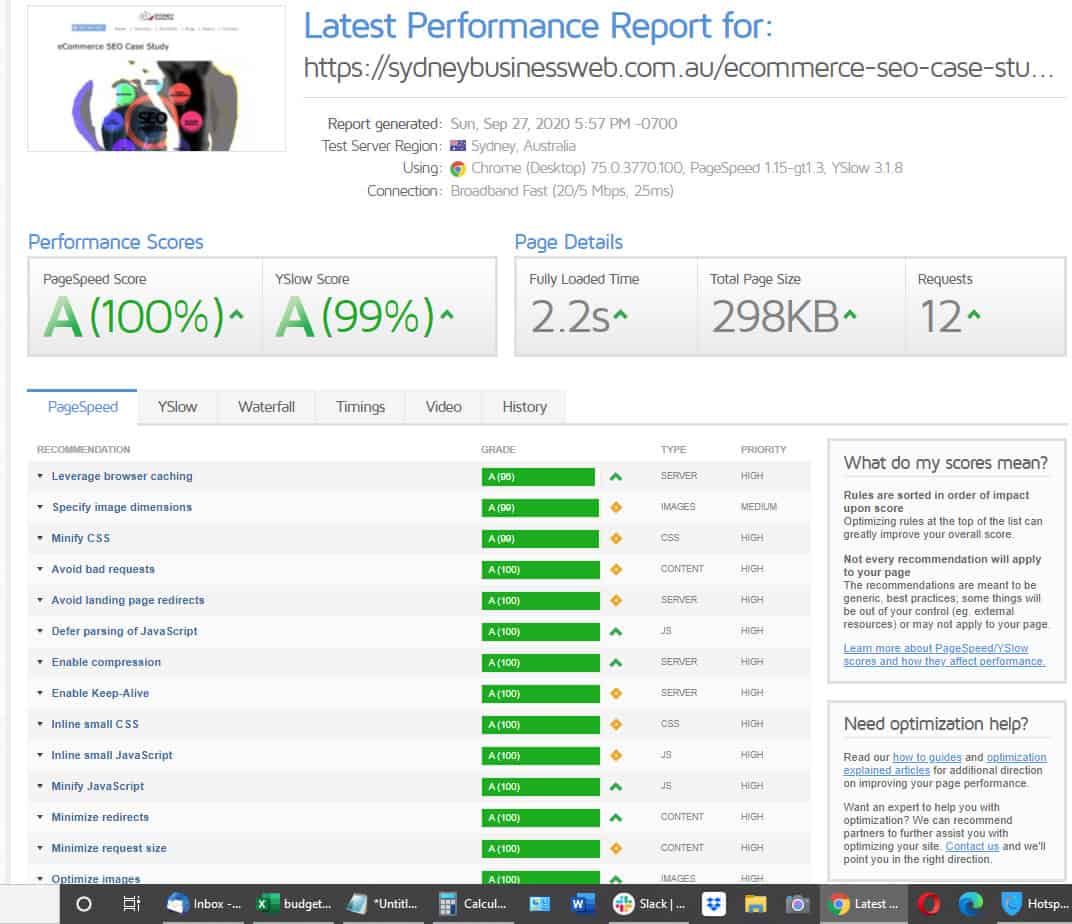Why is eCommerce SEO Different to Other SEO?
eCommerce SEO is designed specifically to sell products and services, and so many of the links we build are product specific. The problem is that properly written product pages rarely have a thousand words to describe the products - and quite right too! However, when it comes to ranking pages, Google really does love unique articles at least 1,000 words in length. And that's why eCommerce SEO is different - you are not ranking long articles. So how do we deal with this?
Designing the Mix for eCommerce SEO Results
eCommerce SEO means bringing potential buyers to your products and giving them a chance to click the 'buy' button. But if your product page has five images and fifty words, how do you get Google to even notice it?
The Role of Content
Whatever your product mix may be, there is a role for content marketing. We have conducted eCommerce SEO exercises on everything from Feng Shui Crystals to Essential Oils to high-tech Professional Weighing Equipment to Art Classes. In each case, we have succeeded by including high quality content on the website concerned. How does this work? Read on.
Take the case where you are selling professional weighing equipment. No matter how simple your products look, they are complex, and contain a range of very sophisticated technologies. Before we do any SEO, we ask 'who are your customers'? In this case, they are vets, doctors, shopkeepers and weigh-bridge operators. Their interests will be:
- Accuracy of the scale
- Specialized capability of the scale
- Service of the scale
- Price of the scale
So the chances are, when these people go looking for a scale for their business, they will be very glad to find an article that gives them the latest insights into the types of products that best suits them, what to watch out for and what the latest technology offers as well as what is a reasonable price to pay. It's pretty clear that if you get an article covering these issues to the top of Google in the right geographical areas, then you will make sales.
In addition, you will create links to your products both on and off the page. Having cleared that up, let's proceed to our eCommerce SEO case study.
Case Study Company Background
This company has an online e-commerce store that sells items that cost between between approximately A$50 and A$400 dollars each. before the SEO started, the site was not getting any measurable organic traffic because it simply wasn't appearing in the search engines.
Like many other companies dipping their toes into the SEO world, they started off buy buying a few separate items for SEO - links and articles, rather than a coordinated SEO plan. Because they didn't know what results to expect or when they might see some progress, they gave up quite quickly, pondering what to do. They also spent a lot of money on advertising, but it never quite 'clicked'. This is often the result for DIY efforts though, because quite frankly, both SEO and online advertising are quite complex and require both experience and knowledge to get the best returns.
The eCommerce SEO Process: the Initial Audit
The first thing we always do is perform an SEO audit. We’re looking for anything that could prevent them from ranking such as links from spam farms and Russian sites, especially sex sites. We didn't find any, but their content was poor and each article had less than 300 words - we recommend at least 1000 words.
Keyword Research
This process was started by looking for keywords that the business was ranking for, but not ranking high enough to get traffic and sales. This is a great way to get quick wins on the board. The company had more than 70 keywords ranked around the bottom of page 1 to page four. From these, the customer chose the most important ones for the business so that the work could begin.
Keyword Research - Competition Analysis
The competitive analysis is designed to help you find keywords that your competitors are ranking for that you are not. It's the next phase after the initial keyword research. We combined this list of words with the list we gleaned from the Step 1 Keyword Research and then with our customer, decided which ones we would use as the kernel of some original content articles.
Executing the eCommerce SEO Strategy
This is how we proceeded in month one through three:
a) Link building from relevant websites to the customer's selected pages and products. Then, more links are built to those pages as a further boost.
b) Content building with four x one thousand word articles each month based on the customer's selected keywords.
Results
it took two months for Google to pick up the links we had built and start moving the website up in rankings. Once that started, the improvements were steady each month as you can see below:

Organic Keyword Growth
As traffic grew on this campaign, we also saw a commensurate growth in the number of keywords for which the site started appearing on Google. This will always happen when you add good quality content and Google picks up the meaning and intent, and is a huge benefit from content marketing.
Going Forward
SEO is not a one-off exercise. If you build links steadily and add content steadily and then suddenly stop, after a while the ranking you have achieved will peak and then drop and momentum is lost - exactly as it happens if you switch off the engine on your car while it's moving.
Footnote
On-site SEO is equally important as off-site SEO. In ranking, website speed plays a role, but in converting visitors to buyers, website speed plays a huge role - slow sites simply send people away. Here's how this page performs on mobile and on desktop:
Mobile Speed

Desktop Speed

CONTACT SYDNEY BUSINESS WEB NOW!
get started online NOW with your ONLINE BUSINESS ENGINEERING



